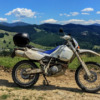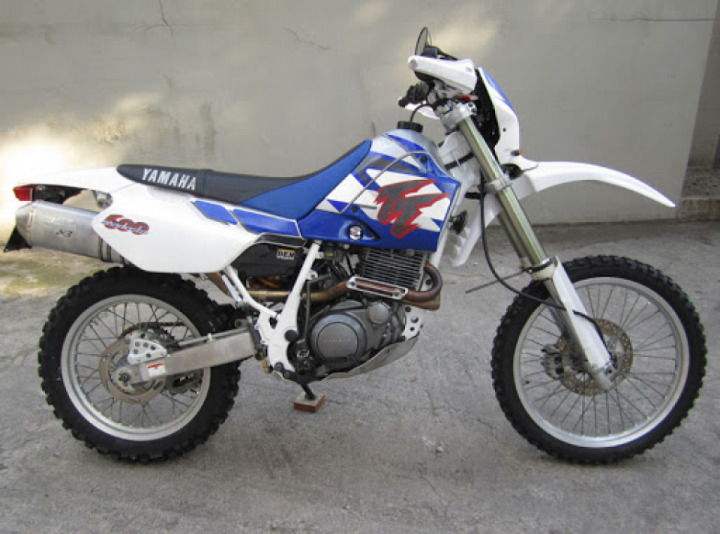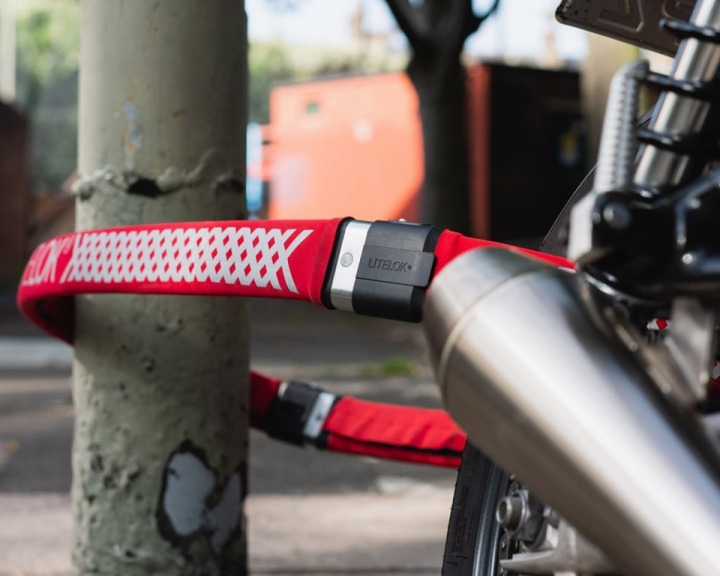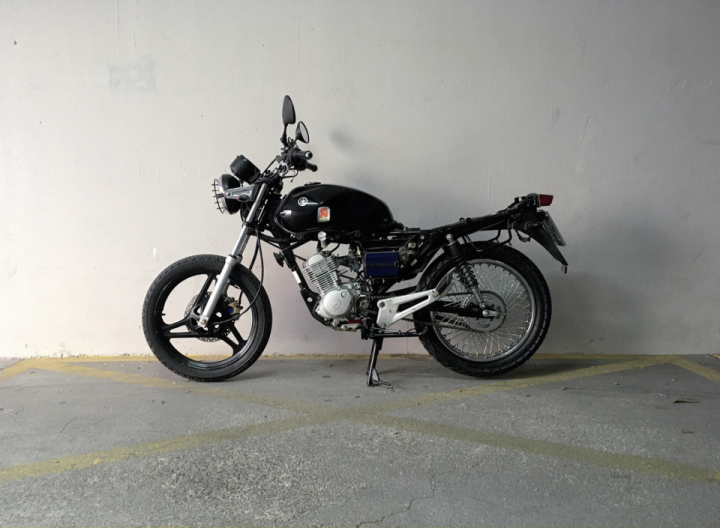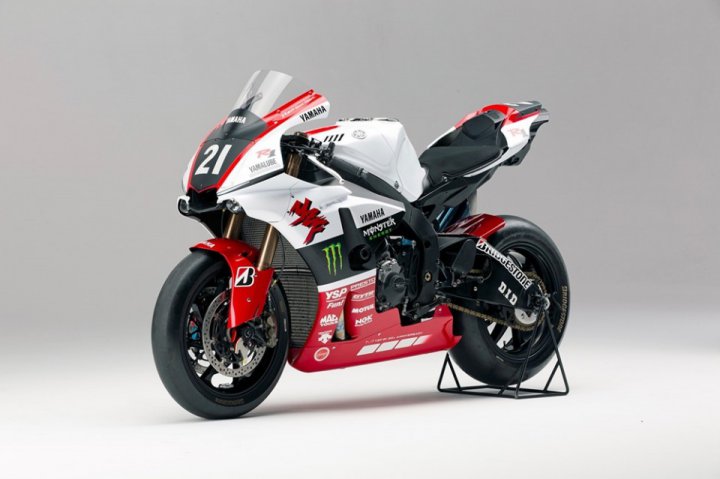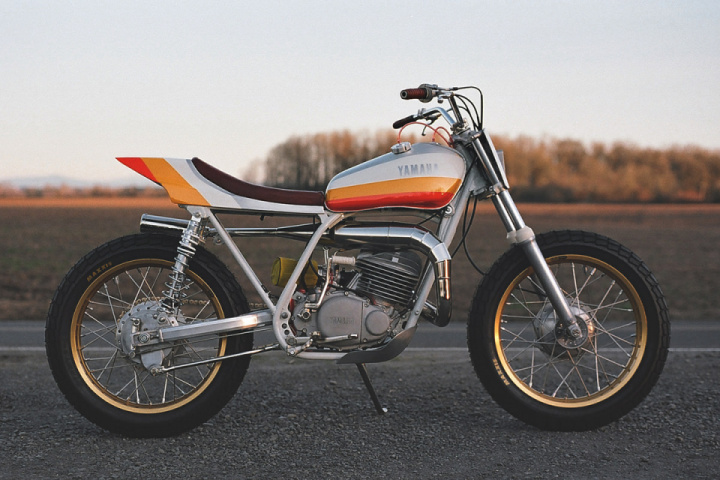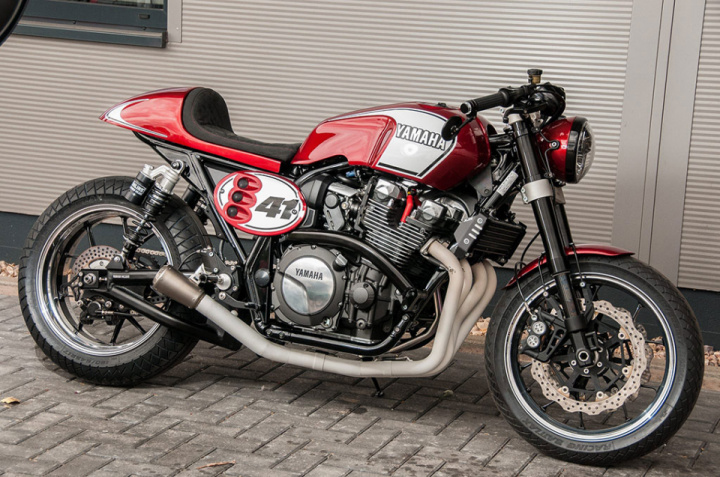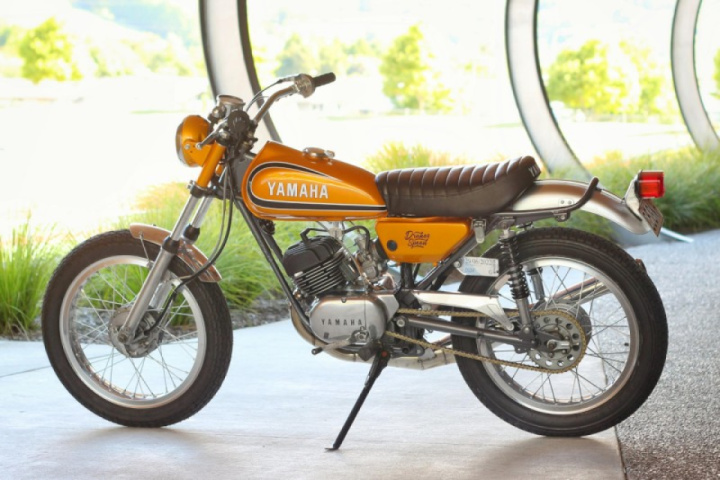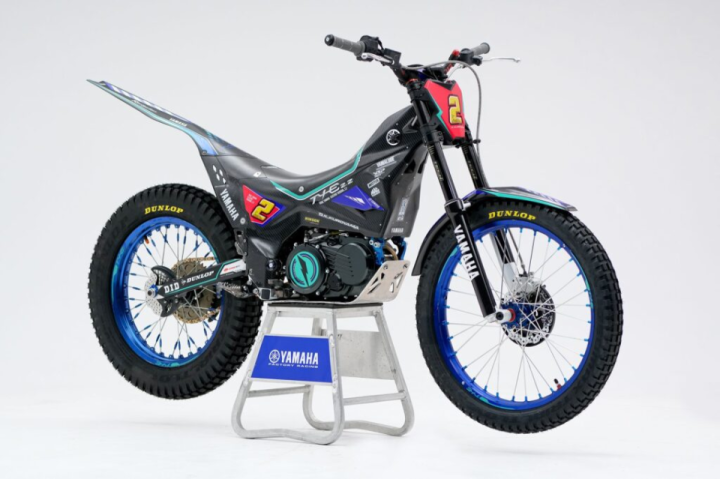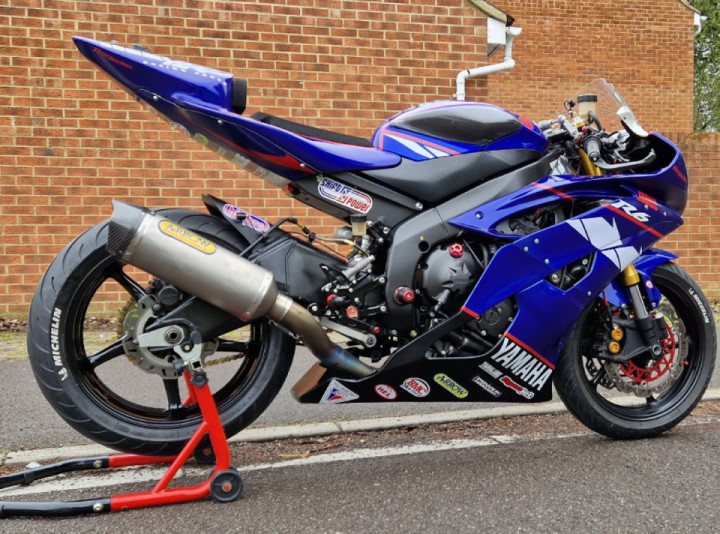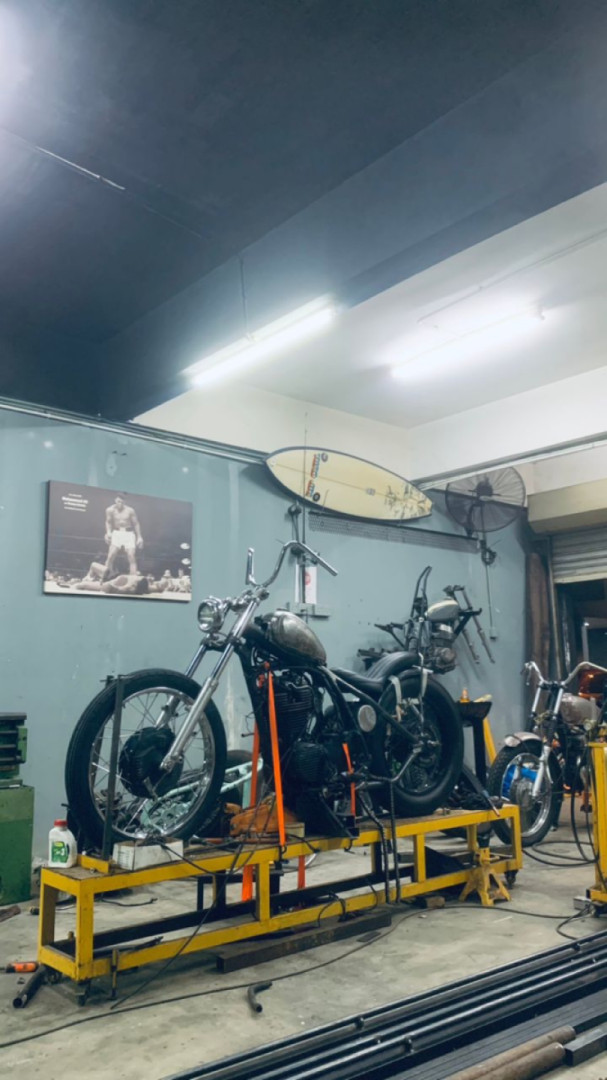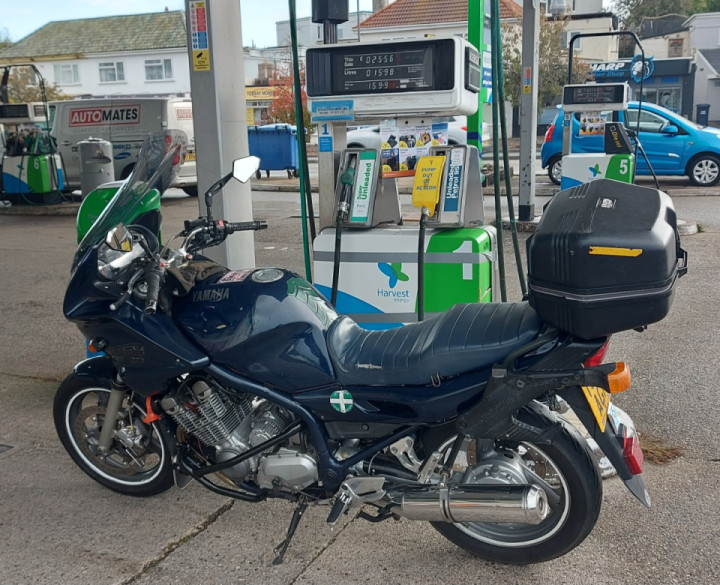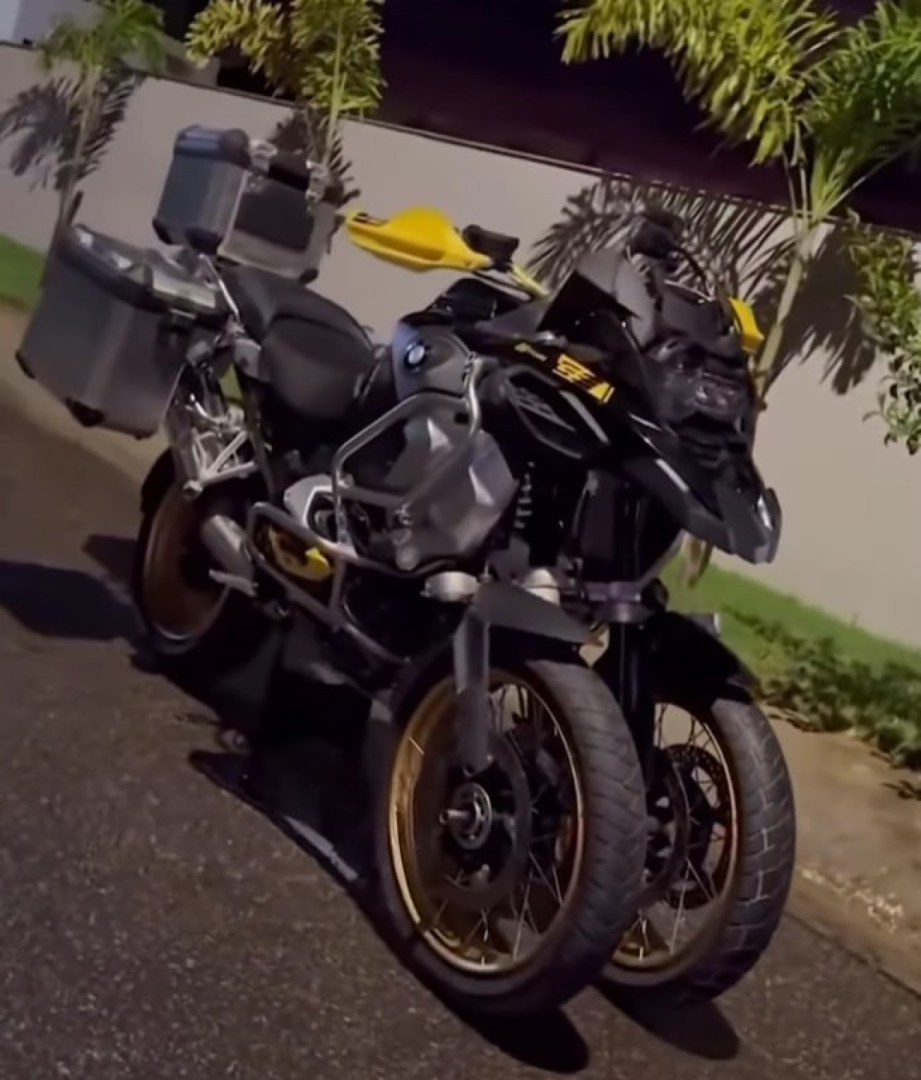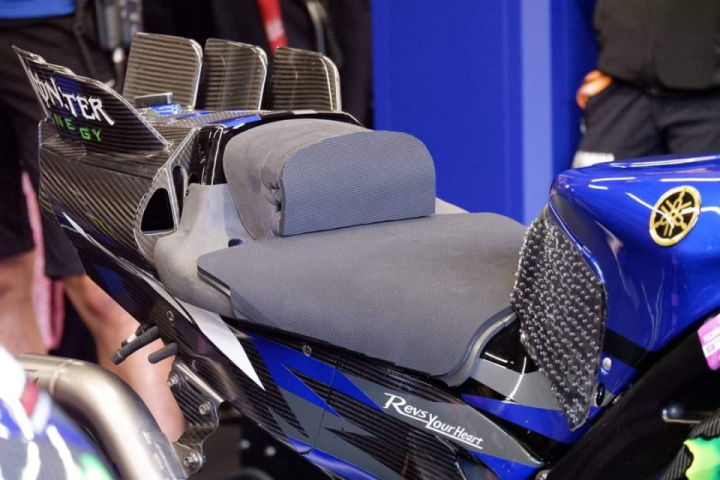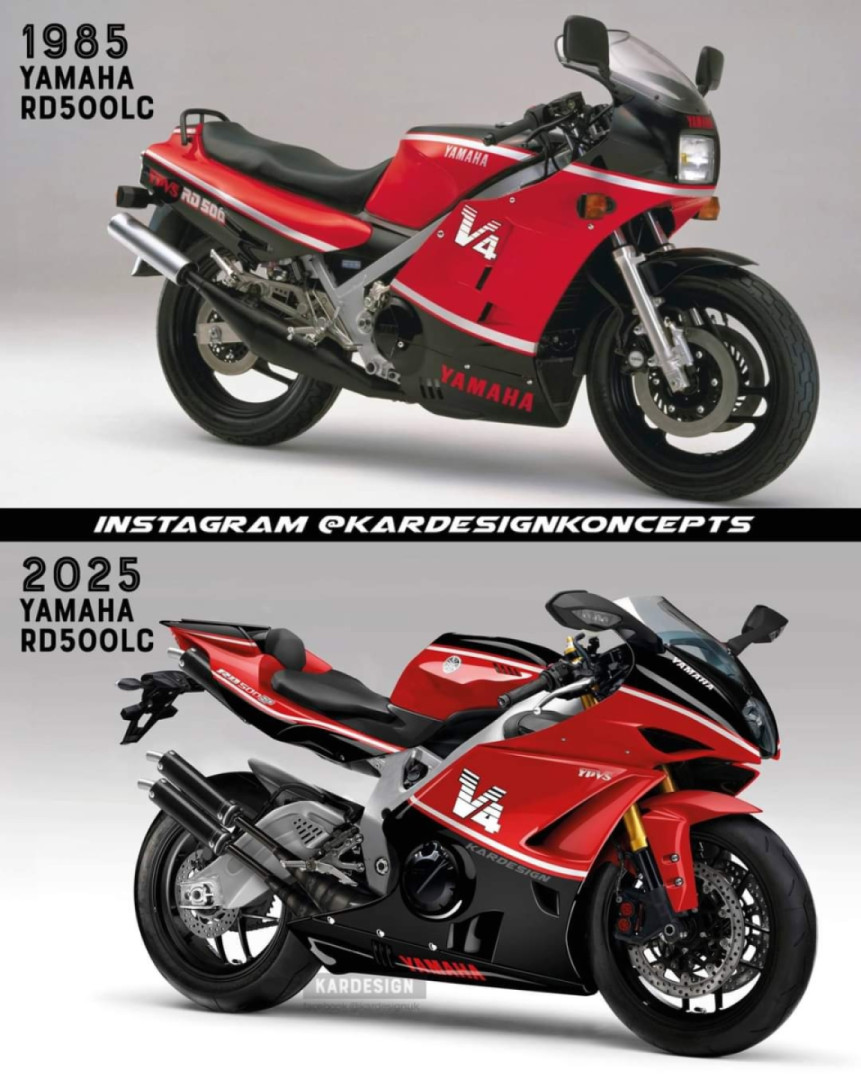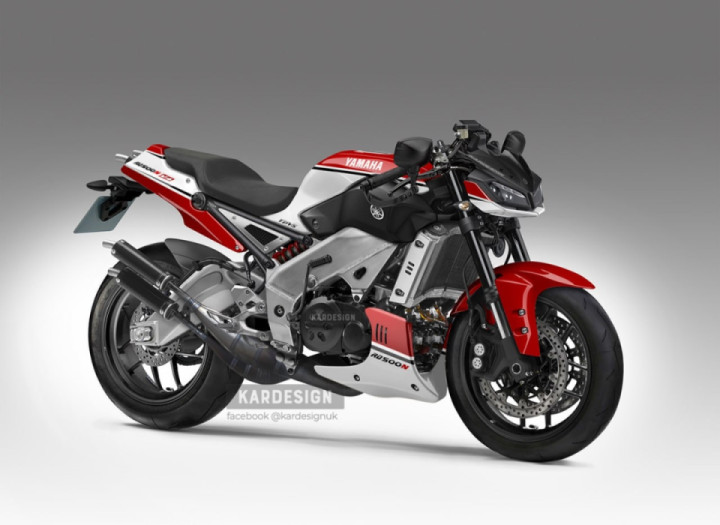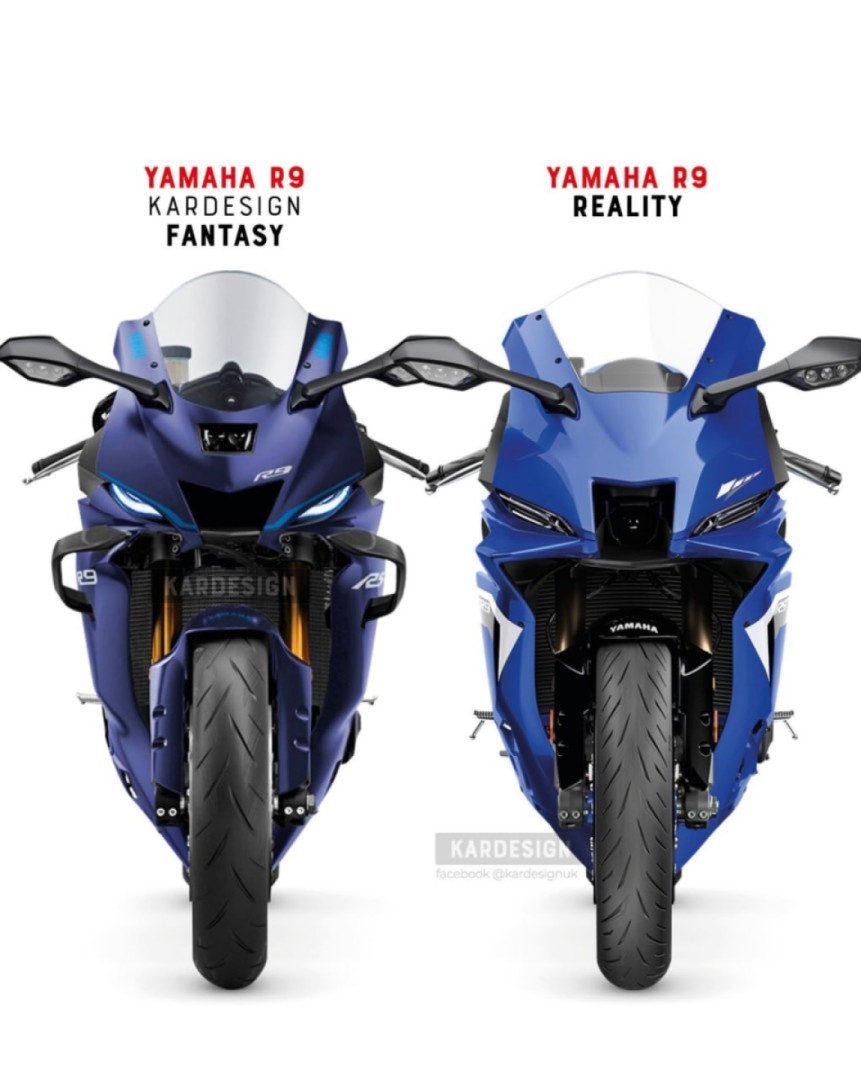Yamaha DT2 review
In the previous post, I started talking about the restoration of my motorcycle, but I thought that the information might not be complete and I decided to make a small review about this model, maybe it will be useful for this community and so let's go.
In 1968, Yamaha introduced one of their most important motorcycles of all time – the DT-1. They sold 50,000 units in the first year, which is a mind blowing number when you consider that last year, the FZ/MT-07 was Yamaha’s best seller in the US with 3,981 units sold.
The rest of the big four Japanese firms quickly copied the DT-1 Enduro, and Yamaha evolved with changes like a reed intake (instead of piston-port) in 1972. The DT250 doesn’t have the legendary history of the DT-1, but it’s a better bike, and what’s wrong with that?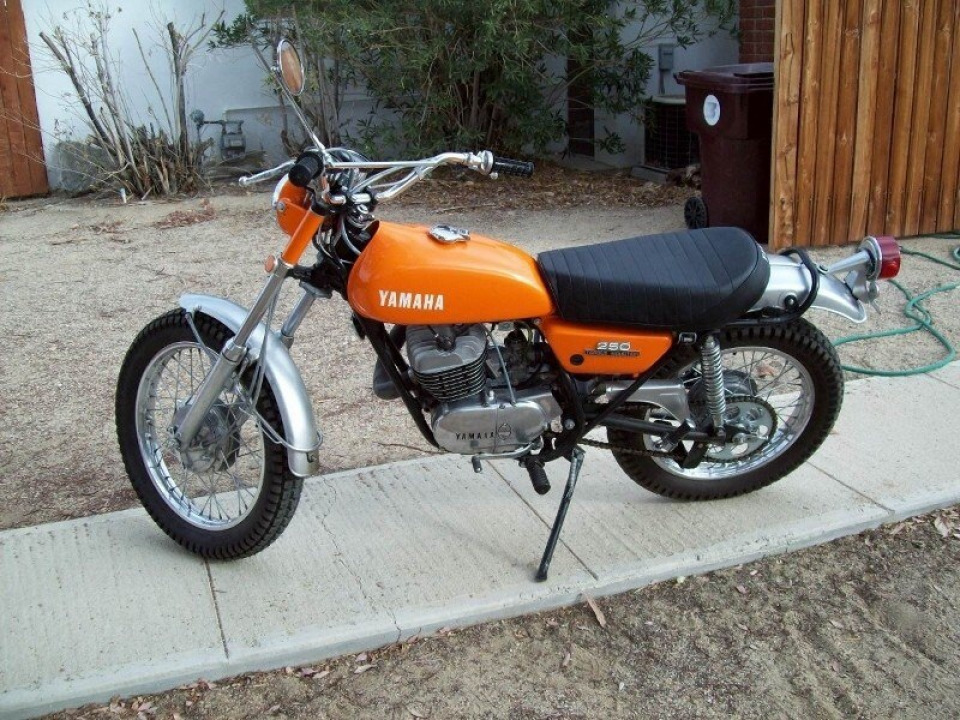
The Yamaha DTs were a series of bikes for use on or off road which were fairly and squarely fun bikes. They were never for serious trials riding nor for serious touring, they just weren’t ever that serious. They were designed to put a smile on your face as you hooned around the roads and country trails accompanied by the unmistakable sound of a two-stroke single.
For on-road riding the DTs have quick acceleration off the mark and stay nippy as long as the revs are kept high. That said, the bikes were never fast and certainly not the best choice for motorways or long distance touring. They are more than capable of a blast to the coast of the coffee stop though.
The bike are light, typically around 245 lbs (111 Kg) meaning they can be handled by just about everyone yet still present a reasonable size of bike on the road. Starting is easy as with any two-stroke although owners should be prepared that they will have to do a little bit of work as these are kick-started.
Performance is limited with brake horsepower only in the high teens or early twenties, though the DT250 should be good for about 67 mph. These bikes are not about performance, they are about fun. And with over 100 to the gallon very achievable, they are a cheap form of fun at that.
Prices remain strong as demand for these never goes away.
Here are the technical specifications, Engine and transmission
Displacement: 246.0 ccm (15.01 cubic inches)
Engine type: Single cylinder, two-stroke
Power: 23.0 HP (16.8 kW)) @ 7000 RPM
Torque: 17.5 Nm (1.8 kgf-m or 12.9 ft.lbs) @ 6500 RPM
Top speed: 112.7 km/h (70.0 mph)
Compression: 6.4:1
Bore x stroke: 70.0 x 64.0 mm (2.8 x 2.5 inches)
Fuel system: Carburettor. VM26SH Mikuni
Fuel control: Port control
Ignition: contact breaker point
Cooling system: Air
Gearbox: 5-speed
Transmission type, final drive: Chain
Clutch: wet plate
Fuel consumption: 2.50 litres/100 km (40.0 km/l or 94.09 mpg)
Greenhouse gases: 58.0 CO2 g/km. (CO2 - Carbon dioxide emission)
Chassis, suspension, brakes and wheels
Front tyre: 3.25-19
Rear tyre: 4.00-18
Front brakes: Expanding brake (drum brake)
Rear brakes: Expanding brake (drum brake)
Physical measures and capacities
Dry weight: 111.1 kg (245.0 pounds)
Power/weight ratio: 0.2070 HP/kg
Fuel capacity: 9.46 litres (2.50 gallons)
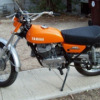
 Follow
6.7K
Follow
6.7K


